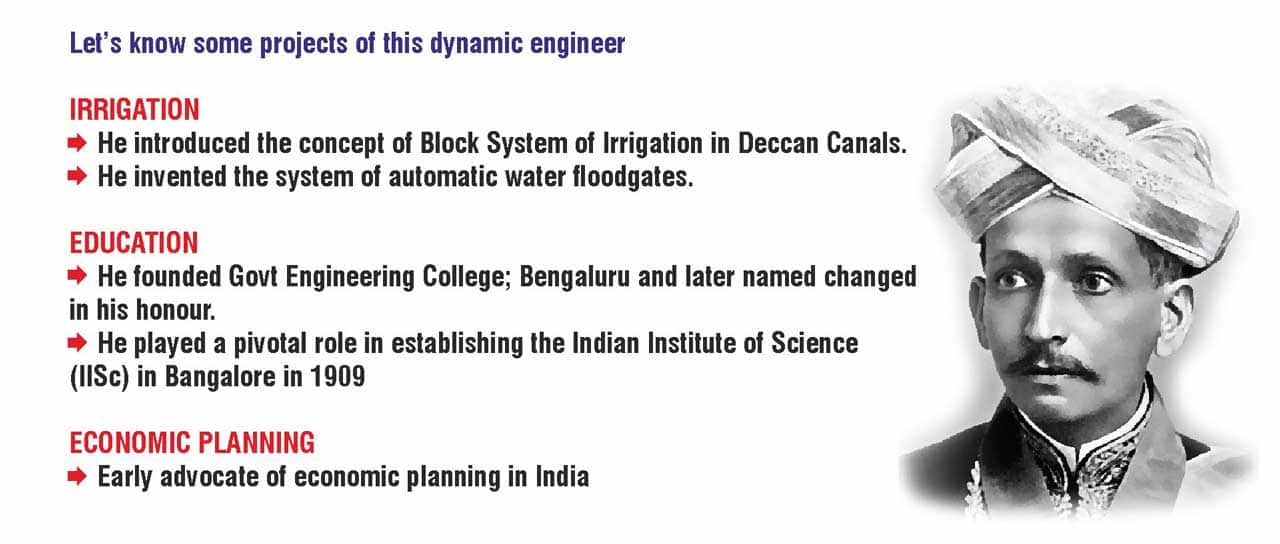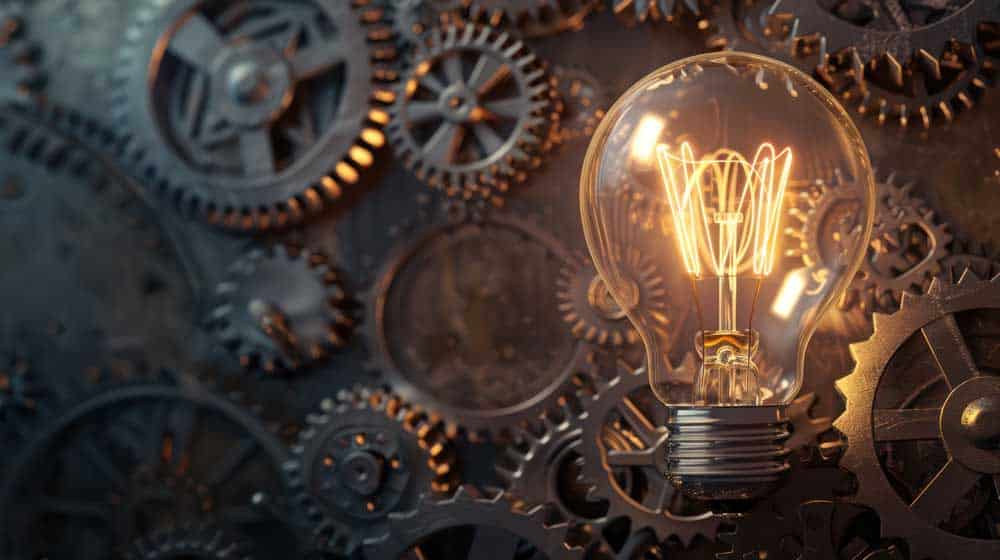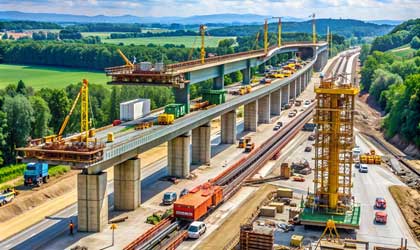
Engineers: The Architects of Urban Planning
Who is the “Father of Indian Economic Planning”?
Hint :- You might be familiar with his name in relation to the Planning chapter of Economics!
Yes! You got it. It is M. Visvesvaraya. He is known as an early practitioner of economic planning, and he is regarded as the first person to think of economic planning after independence. He was a Bharat Ratna awardee and was a great engineer of his time. He was conferred a title by the Britishers for his contribution to public goods.

Engineering Marvels
What is common between the wonders of the world like the Taj Mahal in India, the Pyramids of Egypt, the Great Wall of China. They all reflect the engineering marvel of their era. These specimens of engineering and architecture that depict the culture, tradition, history, and innovations of their time. They carry the mysteries of efficient usage of science and technological techniques to build their monuments to an extent that the modern engineers awe. These are a great source for the historians and serve as a primary source and an open book to study the ancient and medieval past.
Engineers changed the course of history
 Engineers change and shape our modern world. We cannot think of a modern world without them. The developments in technology and infrastructure are the results of their immense hard work. They contribute to building infrastructure that connects spaces in no time, making the world a global village.
Engineers change and shape our modern world. We cannot think of a modern world without them. The developments in technology and infrastructure are the results of their immense hard work. They contribute to building infrastructure that connects spaces in no time, making the world a global village.
Let’s talk about some innovations that changed the course of time.
Thomas Alva Edison was a remarkable inventor who invented many modern technology. His most famous invention is that of the light bulb, which has become an essential component in our daily lives. He says, “To Invent, you need a good imagination and a pile of junk.”
Thomas Newcomen is credited with inventing the first commercially usable steam engine. Later on, other inventors poured their experiences into it to enhance its accuracy. The steam engine used in railways significantly changed the transportation system across the world, especially when the colonial Britishers introduced it into the colonies.
Johannes Guttenberg’s Printing Press made mass production of books easy. This helps in dissemination of knowledge from the hands of religious preachers to the general public. Ideas, knowledge, education become the part of general public with the removal of monopoly held by few sections of society.
Indian Glorified Past
 There were many empires that provided patronage to the development of art through building architecture and sculptures. Empires like Gupta, Cholas, Hoysalas, Mughals are some of the examples. Some of the famous works engraved and constructed with high precision and detail are the Kailash Temple, Meenakshi Temple, Ajanta Caves, Qutub Minar, etc.
There were many empires that provided patronage to the development of art through building architecture and sculptures. Empires like Gupta, Cholas, Hoysalas, Mughals are some of the examples. Some of the famous works engraved and constructed with high precision and detail are the Kailash Temple, Meenakshi Temple, Ajanta Caves, Qutub Minar, etc.
Kailash Temple is a rock-cut architecture carved from an entire mountain with beautiful sculptures and intricate designs. This monolithic structure is mainly called an Ancient Architectural Wonder! The detail chiseling of a mountain into a temple surrounded with deities like Shiva makes a visitor ponder over the resources the sculptors had access to in the eighth century.
In medieval times, many monuments have been developed. One such monument is the Qutub Minar, which still reflects the ingenuity of the engineer’s exceptional knowledge to keep it firm and is still against time’s ruthless actions over it.
Role of Engineer in Urban cities.
 Engineers shape our surroundings profoundly. It has an impact on our daily lives. The roads that we used to ride our vehicles, the bridges that we used to cross rivers, the buildings that we live in all emanate from the creative minds of engineers. We are actually surrounded with engineering work that we hardly recognize in our daily lives. Had it not been there, our day-to-day commutes would have been stalled.
Engineers shape our surroundings profoundly. It has an impact on our daily lives. The roads that we used to ride our vehicles, the bridges that we used to cross rivers, the buildings that we live in all emanate from the creative minds of engineers. We are actually surrounded with engineering work that we hardly recognize in our daily lives. Had it not been there, our day-to-day commutes would have been stalled.
Burj Khalifa, the tallest building, is one of the modern specimens of engineering techniques coming together. Urban landscape cannot be imagined without their role, as planning is the crux of urban development, and engineer’s role is magnificent. They turn ideas and imaginations into real structural creativity. Take this quote for example.
| “Scientists investigate that which already is; engineers create that which has never been.” -Albert Einstein |
Civil engineers develop the urban infrastructure in a way that it becomes habitable for all. It takes account of various socioeconomic and physical parameters while developing urban spaces where people can live and enjoy a decent life. Waste management is another important aspect of urban planning where engineers provide efficient and sustainable ways to treat waste.
The transportation system needs robust infrastructure like road links, railway tracks, and big complex airports. Modern engineers shapes these infrastructures but face various challenges to make transportation more sustainable, and they have come over various techniques to build corridors for the movement of animals, thus making the system more efficient and sustainable.
 Environment Sustainability is the need of the hour. Engineers ensure sustainability by building energy-efficient housing. They contribute through various techniques to build energy-efficient technologies and ensure green infrastructure to help sustain the environment in a rapidly urbanized and industrialized era.
Environment Sustainability is the need of the hour. Engineers ensure sustainability by building energy-efficient housing. They contribute through various techniques to build energy-efficient technologies and ensure green infrastructure to help sustain the environment in a rapidly urbanized and industrialized era.
The heavy responsibilities of engineers demand continuous pouring of their creative solutions from their minds to create solutions to the problem by considering all factors that affect our modern society. They provide innovative solutions to the problems through the lenses of sustainability and longevity that aesthetically appeal to us.
Their ability to break complexity into simplicity provides an inclusive environment approachable to every section of society. We should felicitate and cherish their contribution, which we don’t feel but we use innumerably in our day-to-day lives.
| “What we usually consider as impossible are simply engineering problems… there’s no law of physics preventing them.” -Michio Kaku |
Written by: Aijaz Hussain



